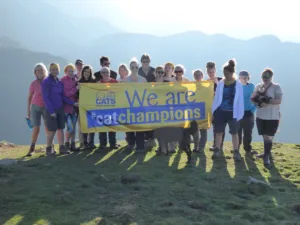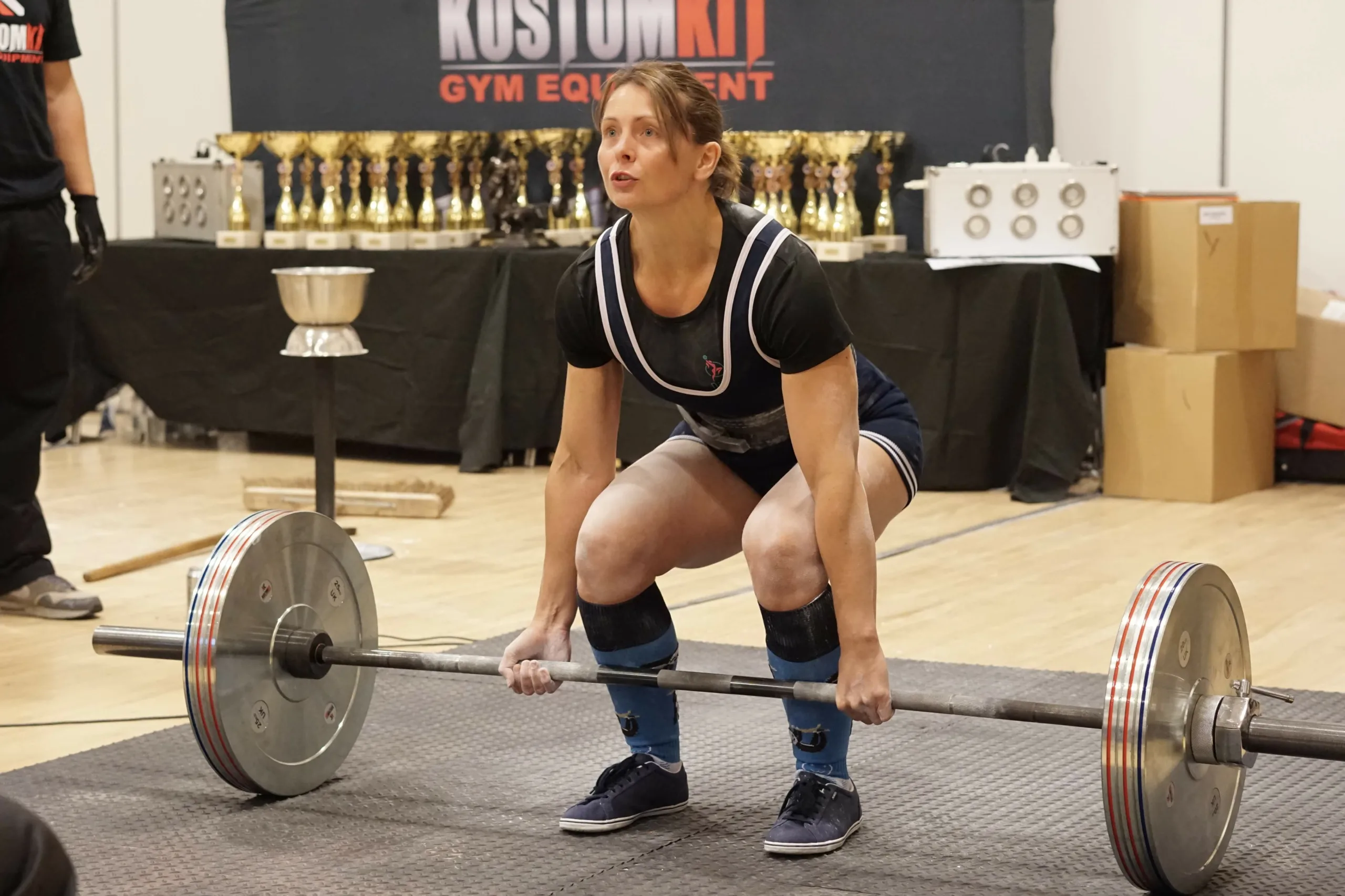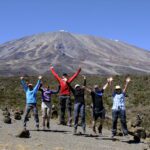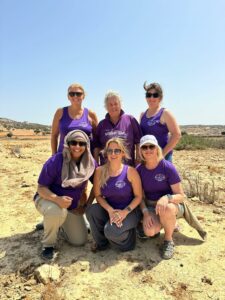Getting Fit For Your Challenge Trek
May 23, 2023
This guest post has been written by Nicola Poole of Inspired Coaching.
My Trip

In 2017, I took part in The Different Travel Company’s India Trek and Tiger Experience for Cats Protection. I can’t believe it was nearly 5 years ago as I have such fond memories and made friends with people I still see today. I dithered about making the decision to sign up because the task ahead seemed daunting but once I did I got on with the task of getting ‘fit’ and fundraising too. It was a truly amazing trip which will stay with me forever and I’m so glad I put my concerns to one side and did it. It was organised meticulously, I never once felt unsafe and although we were a group of 20 I always felt I could find time and space to be on my own when I wanted. I have been lucky enough to visit a few amazing places in my life but this trip is definitely at top of my list.
Preparation Is Everything
When I decided to sign up to the trek although I enjoyed walking I hadn’t really done much and certainly not any significant distances. My love is strength training, particularly powerlifting and despite being ‘fit’ for that, I was most definitely not ‘fit’ to trek 10-12km a day for four days. So, armed with my professional knowledge I set about putting a more appropriate training programme together for myself. Which included doing my training walks at the weekend and my gym based training 3-4 times a week. I made the decision to make sure that I enjoyed my trip to its full and wouldn’t allow my fitness or lack of it get in the way of that.
The Benefits Of Gym Based Training For Trekking
Of course, getting miles under your feet is a vital part of conditioning yourself for your trek, however incorporating gym based training into your schedule also has its benefits. I call it gym based training because it’s not just about weight training and building strength. There are other areas of fitness which can have a significant impact too which you can improve using a gym’s facilities.
- Soft tissue strength. On top of muscular strength the development of ligament and tendon stiffness can reduce your chances of minor injuries and improve their ability to absorb impact. Making the soft tissues around your joints more robust will make moving over uneven and unpredictable terrain a much easier task. It also makes your joints more efficient at what they do so aches and pains don’t occur so quickly.
- Leg endurance. Muscular endurance of the legs will enable you to keep going for longer without or reduced fatigue.
- Upper body strength. An unfortunate by product of modern life e.g. sitting; is that our back strength isn’t what it used to be. If you then add a 5-10kg rucksack to the equation then you can understand why developing back strength is essential for trekking.
- Aerobic and anaerobic fitness. Both of these areas can be trained in the gym. You will need to be able to sustain low intensity levels of walking for long periods but also short bursts of moderate to high intensity too.
- Core stability. Most movement is initiated and supported by our core and is essential for walking efficiency. Functional core strength is not about adding a few sit ups and Russian twists during the week.
- Skill fitness. This area is often over looked but your co-ordination, balance, reaction time and agility are all skills which can be improved and incorporated into a gym programme.
- Mental capacity. I am a strong believer that strength and conditioning training improves your confidence, not just in the gym but it carries over into everyday life. It helps build resilience, grit and determination. That ‘can do’ attitude is so important when things become tough. Because believe me at some point on your trek you will have to dig deep and find that to get you through.
How A Training Programme Is Put Together
Regardless of who is asking for my professional help I use the same method to put a training schedule together.
- Needs analysis – fit for purpose. What does this person need to be able to do to complete their trek? What does this person need to improve their ability to do their trek? Does this person have any special considerations?
From three simple questions you can gather a lot of information. Using the above information I first put together the general preparation phase. The foundation layer, a broad selection of programmes to begin with to develop the main areas. Then you move onto the specific preparation phase. More focused on individual gaps of need while maintaining or improving what has previously been attained.
Challenging not impossible
We can, of course always say to ourselves we could be fitter but getting physically and mentally prepared for your trip the best you can will make it more enjoyable and equip you with the tools to deal with whatever is thrown your way. You might experience things out of your comfort zone, have to deal with potentially difficult situations, maybe even help others in your group and knowing you have prepared your body and mind removes that question mark or concern in your pre departure thoughts. The whole point of these trips is that they are challenging, that’s why we sign up to them but equally knowing that whatever happens you will complete it is a reassuring feeling. This will be a trip of a life time. Don’t let it be a disappointment because you failed to prepare appropriately.
About Inspired Coaching
Nicola works as strength and conditioning coach based in Newton Abbot, Devon. Her client’s include performance based athlete’s and people improving their health and wellbeing for everyday life from 7 years old to 70+. She is a retired GB powerlifter and worked as a PE teacher before retraining in 2014 to become a personal trainer. For further details of her services please visit www.npinspiredcoaching.co.uk.

Recent Posts
- Together We Walk: Trekking Through Grief, Love, and the Power of Support
- Staying inclusive in the outdoor industry
- 12 Different Travel ways to wear a neck buff
- Training preparation for Madagascar for 2023
- Charity and Challenge Adventure Combined
- 5 minutes with … Ally Pinney
- Embrace the Best of 2025 Adventure Travel!
- 5 minutes with … Jo Fordham
- 5 minutes with … Liv Corline
- 5 minutes with … Jane Pendered
- A Desert Tale – Morocco revived
- 5 minutes with …. Jeni Reeves
- How to successfully prepare for a charity walk (part 2)
- 5 minutes with …. Ruhubia Akbor
- Conquer the Challenge: How to Successfully Prepare for a Charity Walk (Part 1)



